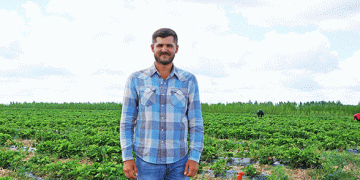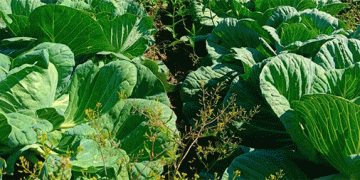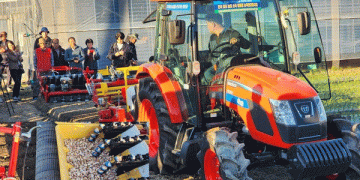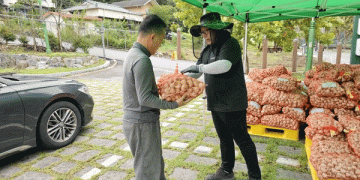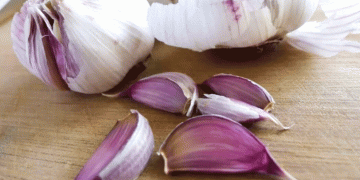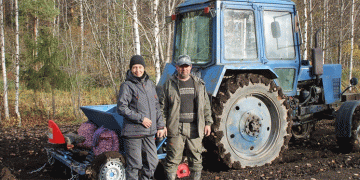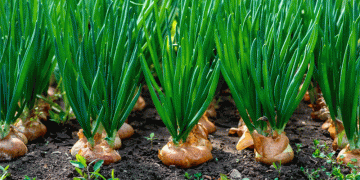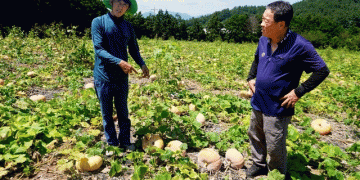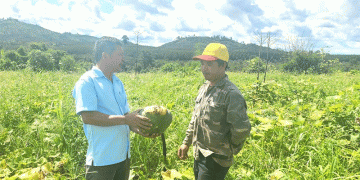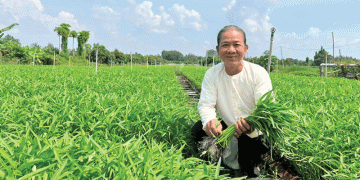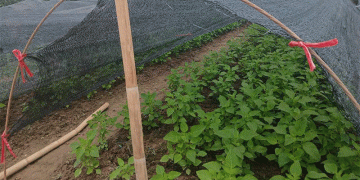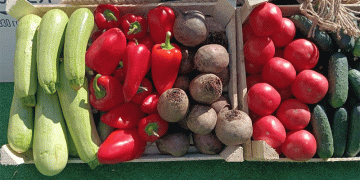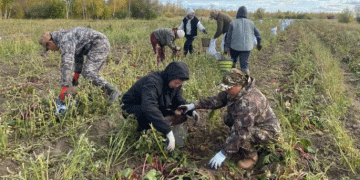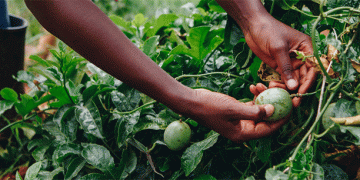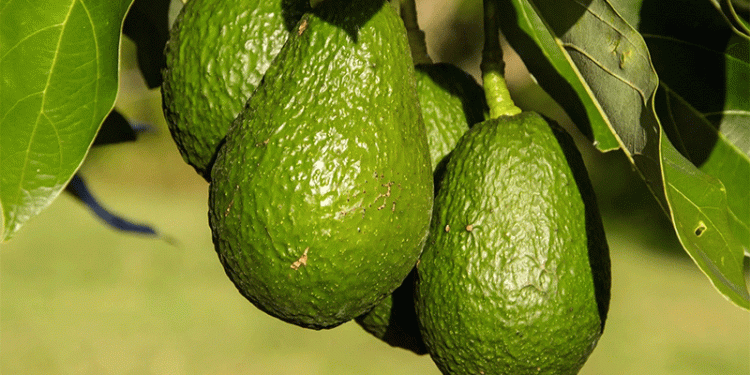Peru’s agricultural export model, once the envy of the developing world, is facing a critical transition as its flagship products—avocados and blueberries—enter a maturity phase that has dramatically compressed profitability. According to the Association of Agricultural Producers of Peru (AGAP), while export volumes remain stable, prices have collapsed, with blueberry prices falling from $15 to $5 per kilogram even as production and logistics costs continue to rise.
This price compression reflects a fundamental shift in global specialty produce markets. Peru’s remarkable success in developing these export sectors has inevitably attracted competition, leading to market saturation in key import regions. The Ministry of Agricultural Development and Irrigation (Midagri) confirms these crops have reached maturity, meaning they no longer deliver the exceptional returns that made them so attractive to investors and farmers in previous years.
The numbers tell a stark story. Peru’s blueberry exports grew from virtually zero a decade ago to becoming the world’s largest exporter by volume in 2023, shipping approximately 285,000 tons worth over $1.3 billion. Similarly, avocado exports have surged, with Peru now ranking as the second-largest avocado exporter globally after Mexico, with around 600,000 tons exported annually. This rapid expansion has fundamentally altered global supply dynamics, creating a buyer’s market in what was once a premium segment.
The challenge is particularly acute for smaller producers who lack the scale to absorb price pressures. Production costs for blueberries have increased by approximately 18-22% over the past three years, driven by higher inputs, labor, and compliance with increasingly stringent international standards. Similarly, avocado producers face rising water costs and environmental regulations that further squeeze margins.
Industry experts now emphasize that the path to maintained profitability lies in innovation and efficiency gains rather than continued area expansion. Key strategies include:
- Process optimization through precision agriculture and improved irrigation technologies
- Certification acquisition for access to premium markets (GlobalG.A.P., Organic, Fair Trade)
- Logistics improvements to reduce post-harvest losses and maintain quality
- Value-added development through processing, packaging, and branding differentiation
The situation in Peru reflects broader trends in global specialty agriculture. According to FAO analysis, the superprofit phase for agricultural export commodities typically lasts 7-12 years before competition and market saturation erode exceptional returns. This pattern has been observed previously with products like Kenyan snow peas, Chilean grapes, and Brazilian mangoes.
Peru’s experience with avocados and blueberries offers important lessons for agricultural development strategies globally. The transition from high-return expansion to competitive maturity is inevitable for successful export commodities, and preparation for this phase must be integrated into development planning from the outset. For Peruvian producers, the future lies in shifting from volume-based to value-based competition, focusing on quality, consistency, and differentiation rather than sheer production quantity. This transition will require significant investment in technology, certification, and market development but represents the only sustainable path forward in an increasingly competitive global market. The Peruvian case demonstrates that agricultural export success ultimately creates its own competitive challenges, and continuous innovation is essential for maintained profitability.















